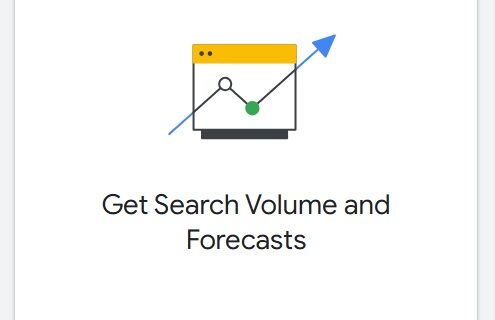
Whether you are a seasoned Google Ads user or just wondering what a test might look like, you’re probably concerned with budget; and you should be. Kicking off a campaign without the right guardrails could cost thousands of dollars. Also, if you’re not tracking your results, you’ll never know whether it was worthwhile.
Today we’re going to discuss how to land on a proper Google Ads budget and how to set up a successful test.
Do Your Homework
An effective Google Ads test begins with research, not guesswork. You know your business, but you may not know how users search for organizations like yours. For example, you might refer to your business as a ‘provider of culinary events’, but your customers are looking for ‘cooking class near me’. Those are two very different kinds of keywords. Starting with careful keyword research will help you find the right users.
Design Your Experiment
Once you have a reasonable amount of strong keyword candidates, run them through the Google Ads forecasting tool. You’ll need login access to a Google Ads account, then head to: Tools > Planning > Keyword Planner and drop your keyword list into the ‘Get Search Volume and Forecasts’ tool.
Google Ads will provide a forecast of traffic and cost. You can play around with variables like geotargeting, keyword match types and daily budget (among other options) to see what your budget range is. Remember, you don’t need to show every keyword in the #1 position, but you also don’t want to aim so low that the traffic is minimal. Aim for the ‘corner of the curve’ (see below) to make sure you’re going to get meaningful traffic.

Make Sure You are Tracking
You should be tracking your conversion events already, but if you’re not, make sure you set them up before advertising. Some examples would be: sales, contact form submissions, reservations.
If you’re not sure about your conversion events, take some time to investigate. Nothing will derail an experiment faster than faulty or missing data.
Don’t Get Too Attached
Let’s say you’re running a $1,000 test for a month. You might get some value from the test, but you might not…that’s why it’s an experiment. If you think of the budget as a learning opportunity, you’re be in the right mindset. A good account manager will look for signs of success and optimize toward them.
At the end of the month you can regroup to evaluate your success. Did you see conversions? Were they cost effective? Do you think you can get your cost per conversion under your target amount?
Hopefully this outline helps you understand the parameters of an effective Google Ads budget. You can handle these steps on your own, or get in touch with a digital marketing agency like us, we’re happy to help along the way whether you need a little help or a partner to manage the process from start to finish.

